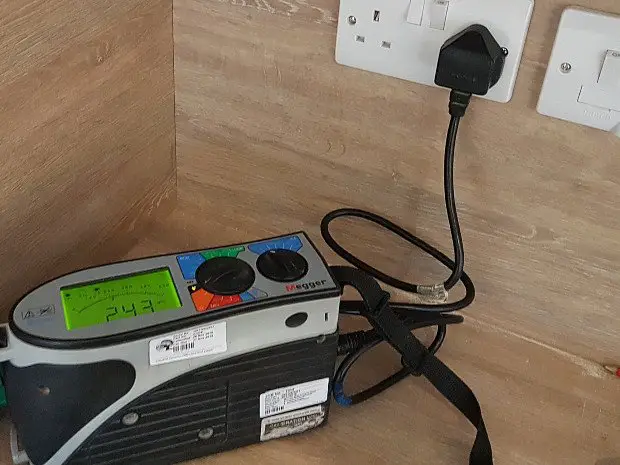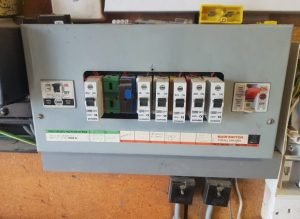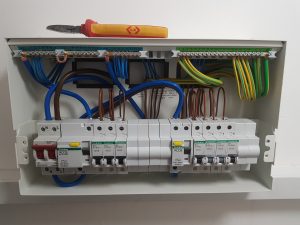An Electrical Inspection Condition Report (EICR) is completed to show the current condition of an electrical installation. Sometimes they are referred to as periodic electrical inspections or landlord certificates. In a way they are very much like an MOT test that you would have for a car, highlighting any safety concerns.
These inspections comprise of a series of elements that will give the electrician an understanding of the condition of the wiring, and therefore will be able to produce a report with their findings to pass on to the customer.
With the completed report the customer will then be able to have an idea of any improvements that need to be made to ensure the continued safety of the occupants.
EICR’s should be completed for all types of property whether they are domestic, industrial or commercial, this article will focus on domestic reports for homeowners/landlords.
What’s involved in an EICR?
Visual Inspection
The EICR will normally begin with a series of visual checks of the installation, the electrician will be looking for any visual defects that may compromise the safety of the persons using the property.
Types of defects that will be looked for include cracks and damage of switches/sockets etc, signs of overheating, and poor termination of wiring. These visual inspections should take place at as many electrical accessories as possible to give a broad check of the entire installation.
Checks to the condition of the consumer unit (fuse board) and electric meter are carried out, as well as checks to protective earth bonding to gas/oil and water supplies.
Testing of fixed wiring
With the visual inspections complete the inspector will move on to testing of the wiring, these tests will help show any deviations in the condition of the wiring that cannot be seen by visual checks.
A sequence of tests will check; the continuity of a circuit protective conductor (sometimes referred to as an earth) at each accessory, the condition of the insulation of the cables, and correct polarity of the connections. These tests will show the condition of the cables which are hidden inside the fabric of the building, the results of which will mainly rely on how well the cables were initially installed, and maintained.
Further tests to check the operation of RCD’s (residual current devices), earth-loop impedance and prospective fault current will take place. These tests ensure that in the event of a fault the protective device (fuse or circuit breaker) will operate or rupture, therefore cutting off the electric.
Compiling the results
The results of the visual inspection will be combined with the fixed wiring test results. With the results combined a certificate will be completed by the inspector and handed to the client.
The completed certificate will have either a ‘satisfactory’ or ‘unsatisfactory’ result, as well as a list of any observations that require attention.Even certificates with a ‘satisfactory’ result will possibly have items of defects not complying with current BS7671 wiring regulations. Observations highlighted on the certificate will be graded on how urgent remedial work needs to take place.
The most urgent work will receive either a C1 or C2 grading, these items will be dangerous or potentially dangerous, a will need prioritising. Any certificate with C1 or C2 observations will unfortunately receive an ‘unsatisfactory’ result.
Work that is not seen as potentially dangerous will receive a C3 grade, these works don’t comply with current regulations but are recommended for improvement. Any certificates with just C3 graded observations will receive a ‘satisfactory’ result.
When should I get a report?
It is recommended that EICR’s should be carried out every ten years for private homeowners. Landlords of privte rental properties should test every five years or change of occupancy. For more information see our post Electrical inspections for private landlords.
Once an initial EICR is carried out the electrician will recommend when it should be next inspected. If the condition of the installation is in poor condition it may be required to test more frequently.
Many electricians will ask you to have an EICR completed before undertaking any major upgrades to your electrics. This is due to the fact that no alterations can be made to an existing installation if they are not in a satisfactory condition. Damaged consumer units and the lack of RCD protection, along with the omission of protective bonding, are generally the reasons why upgrades cannot be made. An EICR will help find these underlying issues and they can then be rectified preventing future issues.
How much will a report cost?
The cost can vary a lot between electricians. Some electricians will charge a set price depending on the number of bedrooms, while others will charge per circuit. It is worth requesting quotes from various electricians and also ask how their price structure works. Remember that you are requesting what is essentially a test of the safety of your electrics, so you want a thorough investigation. Expect to pay around £150+ for an EICR on a 3 bedroom home, prices in London and the south will be significantly higher.
Preparing for an EICR
Ensure that the electrician has a lot of space to access as many electrical accessories as possible. This may involve moving furniture and electrical appliances. Unplug as much electrical equipment as possible. Items left plugged in can alter results of the wiring tests, sensitive electronic equipment may even get damaged.
The electric will have to be switched off during most of the testing so pick a day when this is going to be convenient. Expect to be without power for several hours so think about whether items will be ok switched off for the duration. Freezers will be fine for 12 hours with the door closed, for items such as aquariums check with a specialist on how long they can be left off. Make the electrician aware of any equipment that needs as little disruption as possible, they will then accommodate your requirements.
Finding an electrician
For details of where to find your local qualified electrician then look on the competent persons website. All electricians on this site will meet the criteria needed for your EICR.
http://www.electricalcompetentperson.co.uk/
Also try the Government backed Trustmark Scheme which has details of other qualified trades such as plumbers, joiners and builders.




